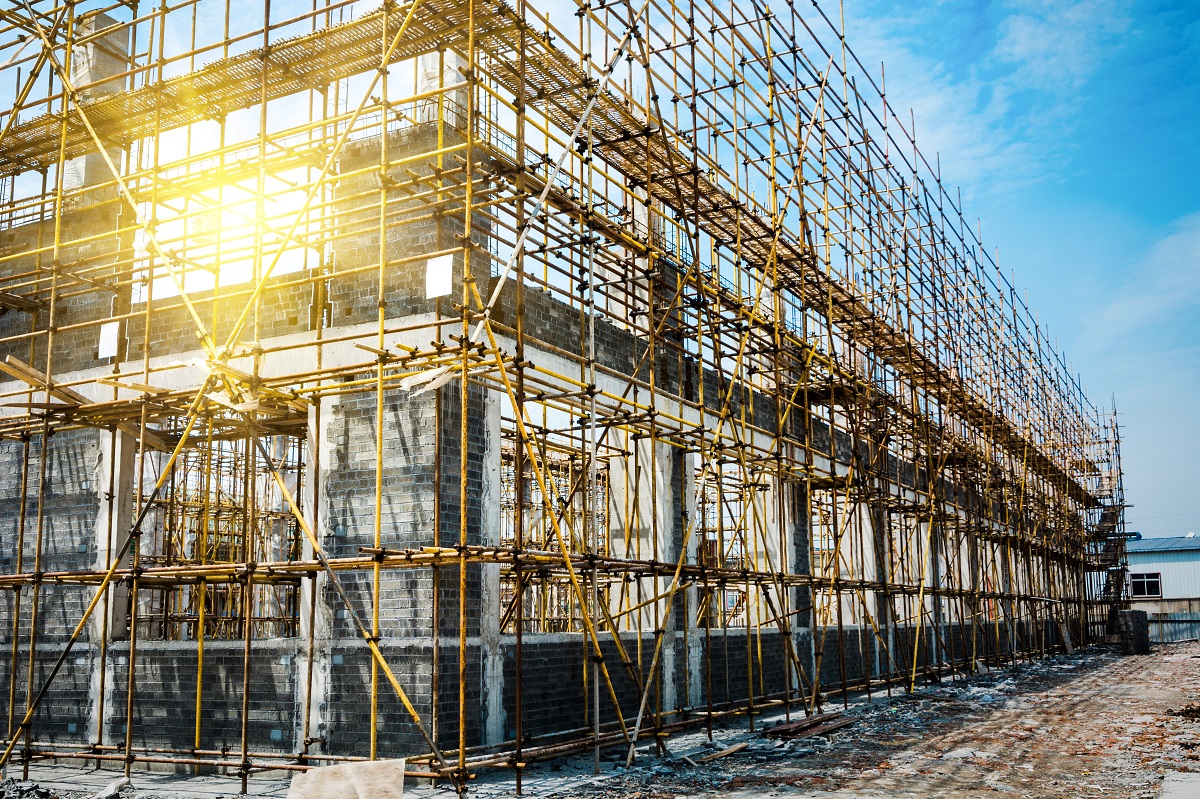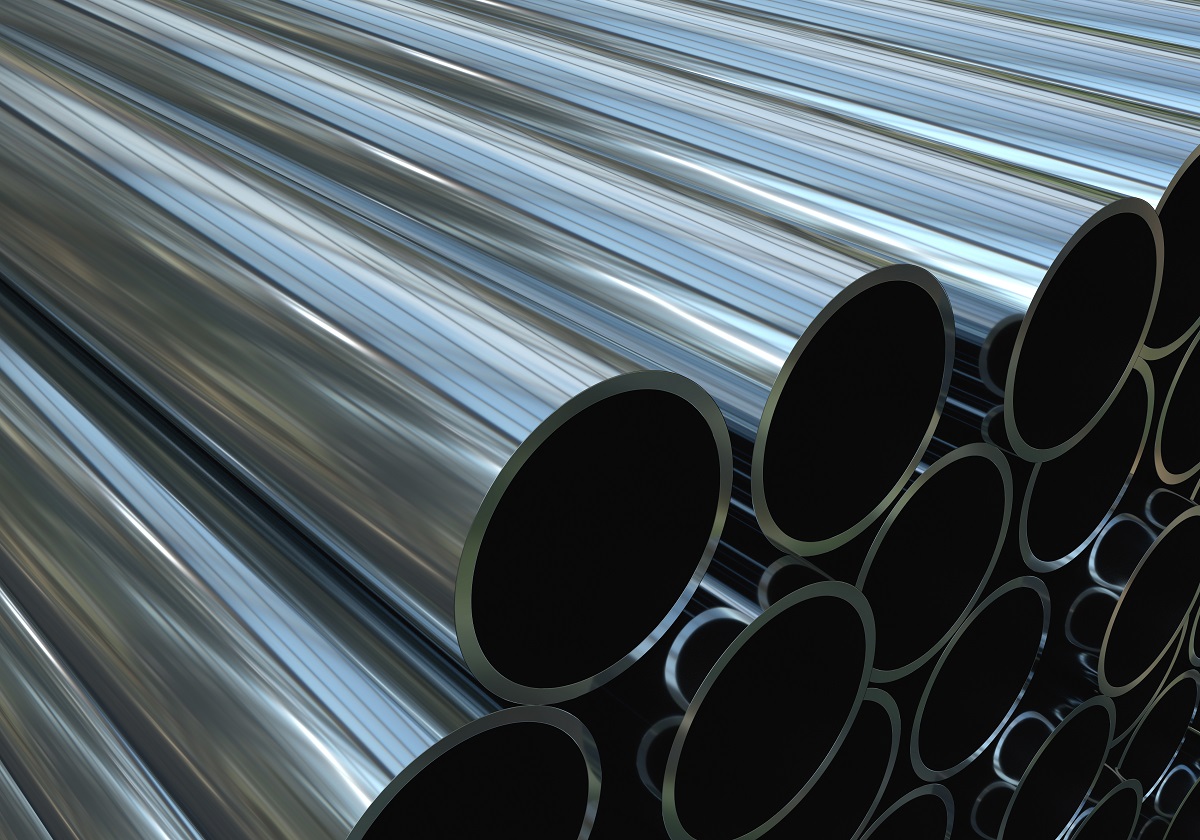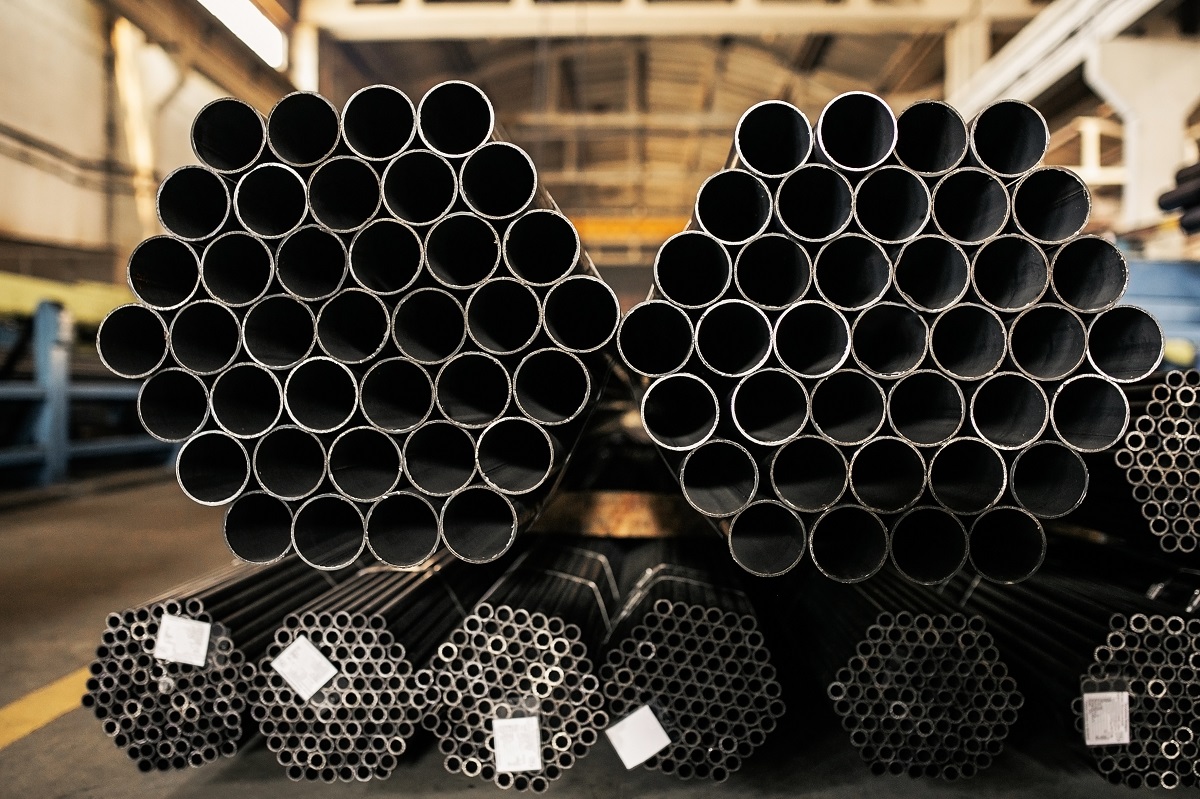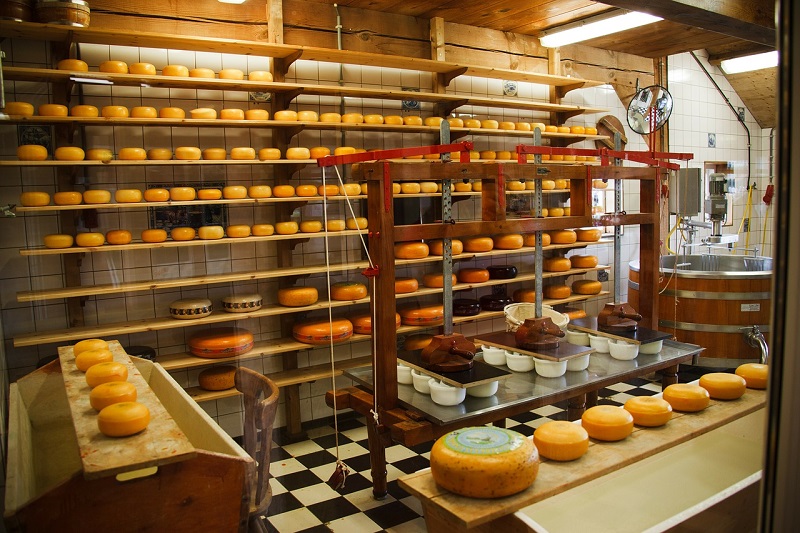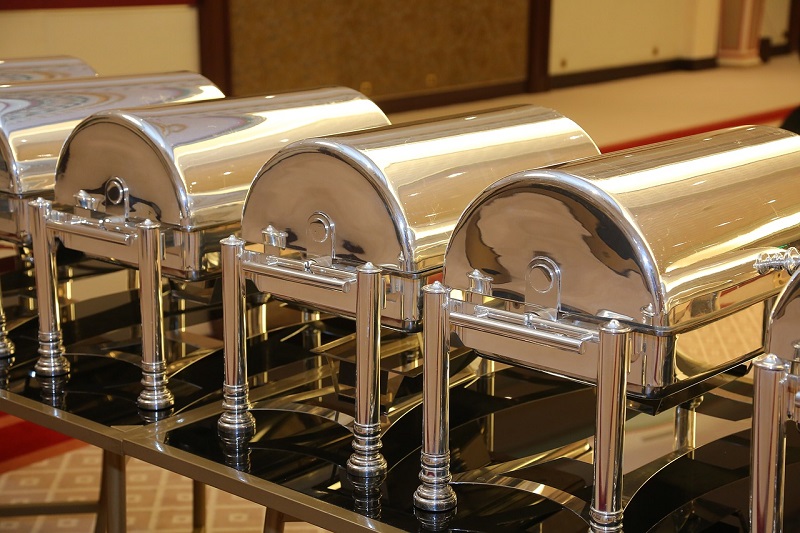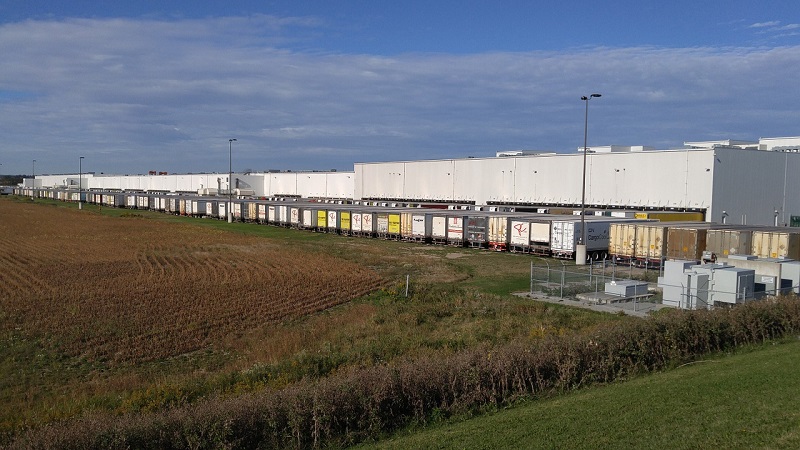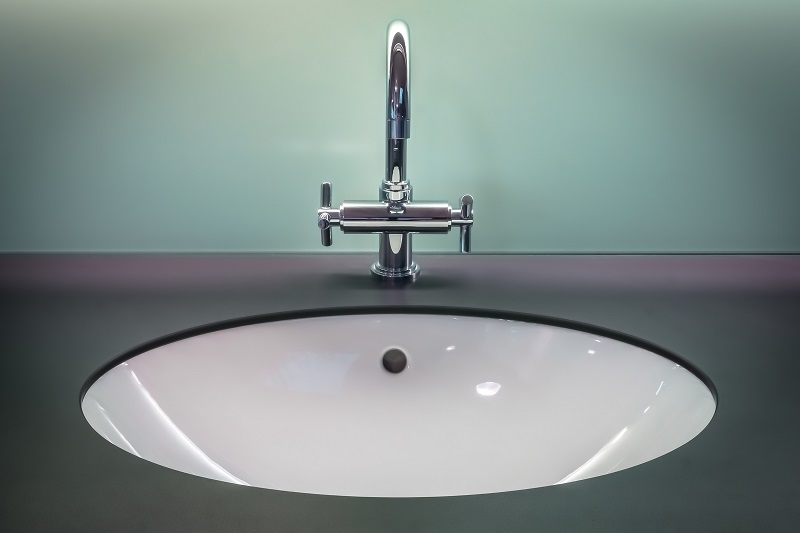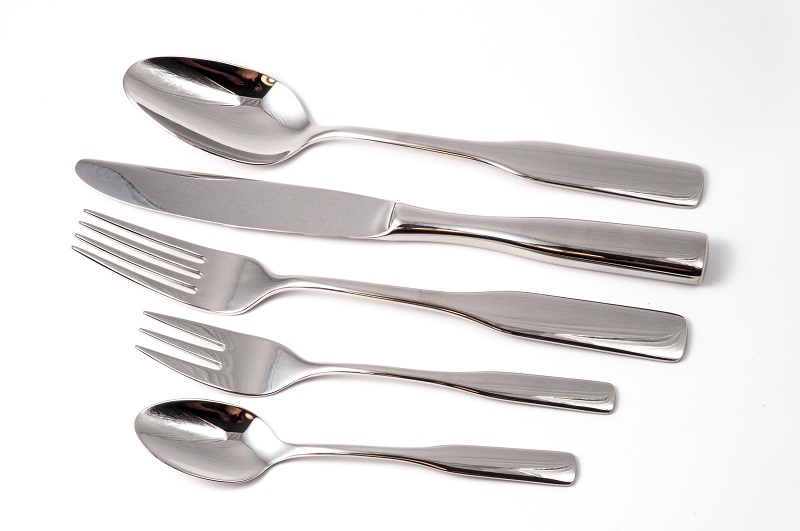How does stainless steel help in withstanding natural disasters?
- High Level of Strength
- Withstands Corrosion
- High Elasticity Quotient
- Tolerates High Temperatures
It won’t be farfetched to think that one of the most widely-utilized metals for structural and constructional endeavors is stainless steel. This type of manufactured steel alloy possesses several qualities that offer structures more shape, form, and stability. Just some of the stainless steel properties which the construction industry looks out for, for example, is its high level of corrosion resistance, durability, and flexibility.
Because of these properties, stainless steel has arguably become the preferred structural and building material in order to combat and mitigate the effects of natural disasters on a building’s structural integrity.
It would be in the interest of constructional companies to use stainless steel mainly, or as part of their buildings, especially in the Philippines, which is frequently hit by natural disasters.
Continue reading to learn more about how structural stainless steel helps in tempering the consequences of natural disasters on such buildings.
High Level of Strength
Some of the most common natural disasters which afflict a country such as the Philippines would be typhoons and earthquakes. When people are met with an emergency situation, no doubt the first thing they have to think about is to take cover and avoid falling structures that may possibly physically harm them in some way.
Because of these seasonal disasters, constructional companies should have in mind, the concept of disaster-resilience when they’re planning construction efforts. In this regard, they take advantage of stainless steel’s high strength properties. While different types of steel alloy have differences in their composition, stainless steel is generally able to withstand high levels of stress and pressures that will eventually cause it to be damaged.
There are many types of ways by which the strength of stainless steel is increased, but this generally has to do with manipulating the alloy’s grain properties.
Just some of the manufactured stainless steel products which construction companies make use of include the reinforcing bar. This tough, bent, and irregularly shaped material is integrated first into the concrete mixture to provide a pillar or some other part of a building with more stability.
Withstands Corrosion

For any type of metal to become more useful in constructional undertakings, it has to be able to withstand high levels of corrosion. Natural disasters like typhoons inundate buildings with egregiously high levels of water and other fluid mixtures which can drastically alter a building’s properties. Though the effects are not instantaneous when a building is constantly subjected to prolonged levels of exposure to the elements, its physical qualities might also change.
When rain, for example, hits constructional materials like iron, over time, it might eventually lead to a rust formation on the iron’s surface. Iron easily reacts to the moisture present in the water, hence it can corrode easily.
On the other hand, stainless steel alloys don’t exhibit the same level of corrosion. This is because elements that cause rust, like water, oxygen, and saline-based solutions, just to name a few, have no, to very little effect on stainless steel.
This fact is useful to keep in mind, especially since stainless steel tubes and pipes are used as construction materials for bridges. Even after the passage of several years, the stainless steel remains intact despite exposure to the elements.
High Elasticity Quotient
Earthquakes are just some of the most destructive natural disasters which can hit a particular area at any time. When earthquakes happen, people more often than not flee away from large structures that might break at any given moment because of the high level of vibrations produced by the tectonic movements below the earth’s surface. This situation should be avoided at all costs, which is why another reason why stainless steel helps in the protection against natural disasters, is its high elasticity quotient.
Simply put, the elasticity quotient refers to the measure of how much vibrations the stainless steel is able to withstand. Stainless steel building materials like stainless steel beams help provide structures with more elasticity in order to prevent them from collapsing.
Tolerates High Temperatures
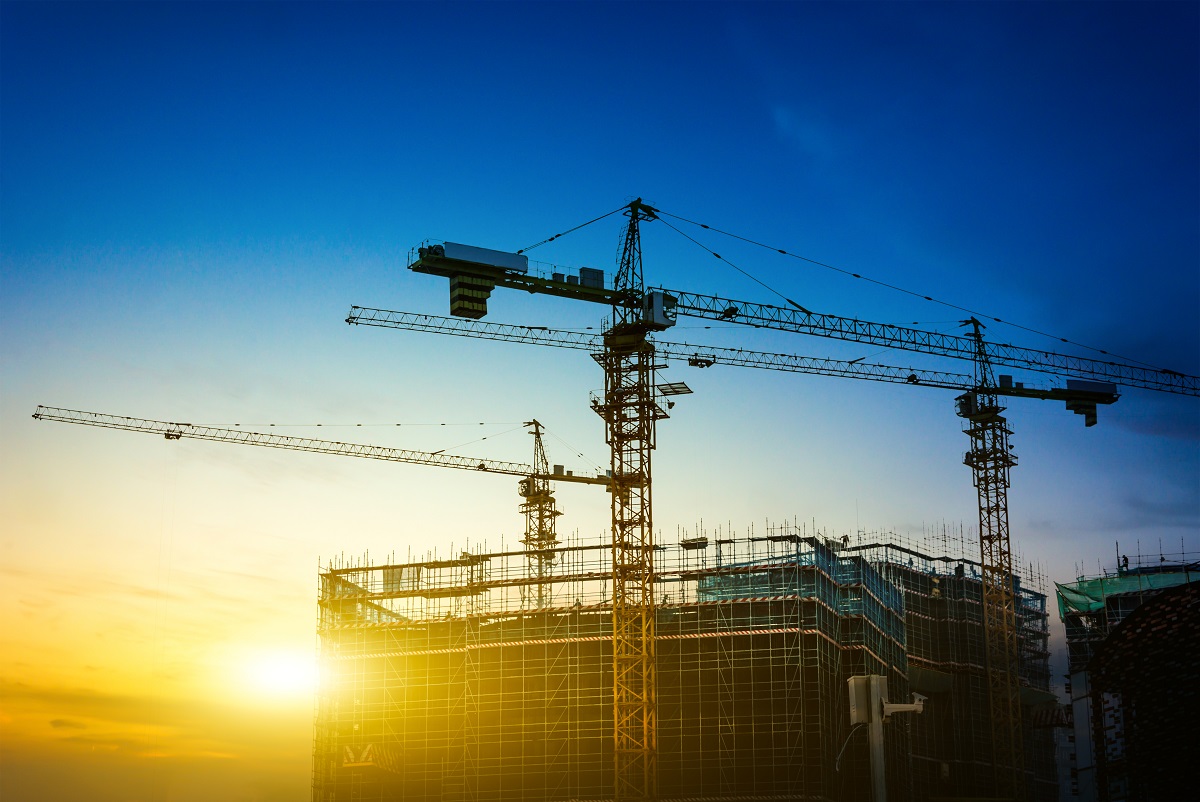
Fires are another type of natural disaster that can totally cause a building’s structure to disintegrate. One of the reasons for this is that fire spreads quickly because of the high levels of oxygen in the air. If a building’s structure is predominantly made out of wood, which does not offer much stability and might cause the fire to reignite further, that mitigating the natural disaster might be more difficult than usual.
On the other hand, structures with stainless steel offer more stability. The reason for this is stainless less possesses a higher-than-usual tolerance for drastic changes in temperature. This type of material won’t easily melt when it comes into contact with fire, helping the structure to remain sound for a longer period of time. This fact also makes disaster rescue efforts faster, and more efficient.
Key Takeaway
The aim of every structure should be to possesses a very high level of preparedness against natural disasters. This is why stainless steel properties such as flexibility, durability, and high level of resistance to temperature changes, make it the preferred material for buildings.
Stainless steel can be said to have drastically altered industrial and constructional practices. The simple informational guide above has hopefully equipped you with a greater understanding of how stainless steel helps buildings in times of natural disasters.
